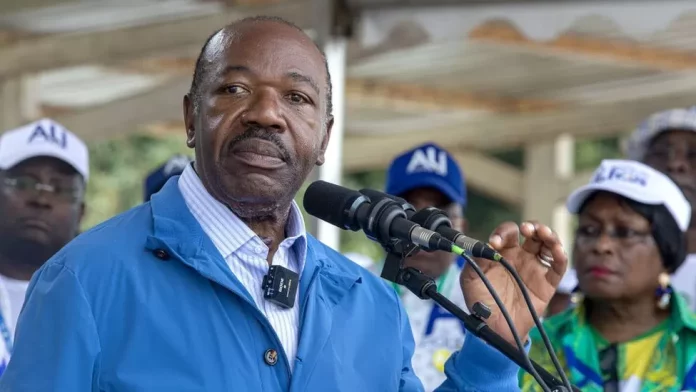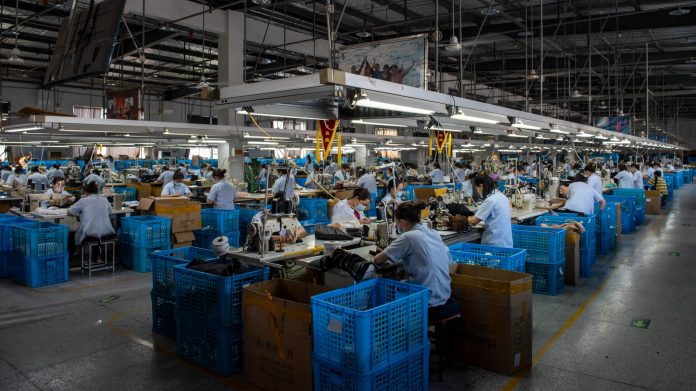In a surprising turn of events, a group of twelve army officers in Gabon has taken control of the country, announcing their actions on national television. Their primary declaration was the nullification of the results of the recent presidential election, which had declared President Ali Bongo as the winner. President Bongo’s family has held power in Gabon for an astounding 53 years.
The electoral commission had previously announced that President Bongo secured just under two-thirds of the votes in an election that the opposition had strongly contested, alleging fraud. The soldiers on television declared the dissolution of “all the institutions of the republic” and the immediate closure of the country’s borders, citing the need to defend peace and address what they described as irresponsible and unpredictable governance that was causing social cohesion to deteriorate, risking chaos in the country.
Reports from journalists indicated that loud gunfire erupted in the capital city, Libreville, following the soldiers’ televised announcement. At the time of the announcement, the government had not issued any immediate response.
Also Read: 3M to Pay $6B for Faulty Earplugs, Hearing Loss Allegations
This recent election in Gabon had raised significant concerns, similar to previous general elections in the country. The main opposition candidate, Albert Ondo Ossa, had complained about polling stations lacking ballot papers with his name, and the coalition he represented noted that the names of some candidates who had withdrawn from the presidential race still appeared on the ballot. Additionally, the government had reportedly banned foreign media from covering the election, and security measures, including a curfew and suspension of internet access, were put in place as polls closed.
It’s worth noting that President Ali Bongo’s previous election victories had been contested as fraudulent by his opponents. This time, there were controversial changes made to voting papers shortly before the election.
President Ali Bongo had assumed power in 2009 following the death of his father, Omar Bongo. In 2018, he suffered a stroke that incapacitated him for nearly a year and prompted calls for him to step down. In the subsequent year, a failed coup attempt resulted in mutinying soldiers being imprisoned.











